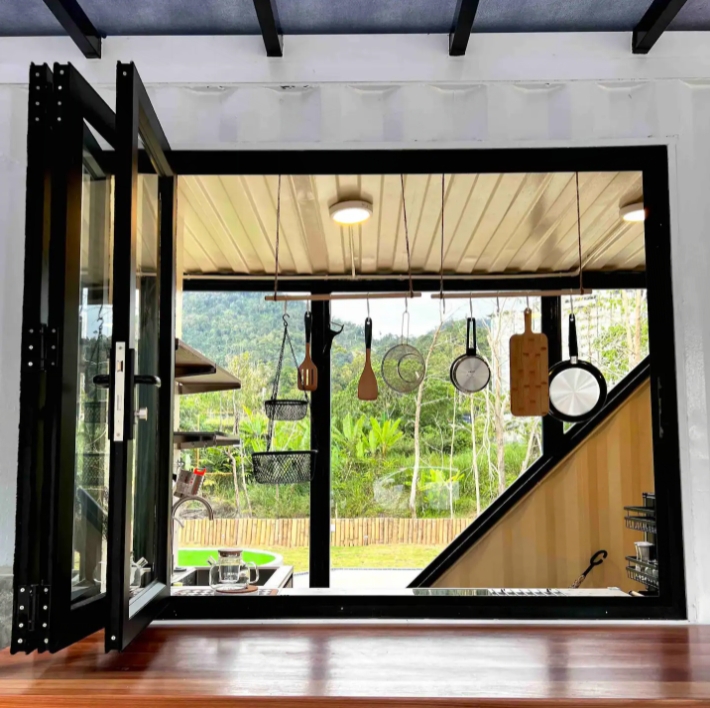Nowadays, more and more people choose residential container houses as their living option, but you may notice that the prices of residential container houses vary greatly. So, why do residential container houses have such different prices? Let's uncover the reasons behind it.

Firstly, different materials and qualities. The price of residential container houses is closely related to the materials and quality used. Some lower-priced containers may be made of cheap materials with unstable quality, while higher-priced ones typically use high-quality materials and craftsmanship, ensuring better quality.
Secondly, differences in size and configuration. The prices of residential container houses vary with different sizes and configurations. For example, larger-sized and customized configurations usually come at a higher price due to the need for more materials and craftsmanship costs.
Thirdly, regional and market demand differences. Differences in price levels and market demand in different regions lead to variations in the prices of residential container houses. Prices may be relatively higher in regions with high demand for containers, while they may be relatively cheaper in areas with lower demand.
Lastly, the influence of brand and service. Well-known brands of residential container houses typically have higher prices due to their quality and service guarantee. On the other hand, containers from smaller or unknown brands may have lower prices, but quality and service may come with risks.
In summary, the price differences of residential container houses are mainly influenced by factors such as materials and quality, size and configuration, regional and market demand, as well as brand and service.